Little did Fred Flintstone on the coast of the Barents Sea know about his rock carvings potential trouble-making for a multi-billion oil terminal 7,000 years later in history.
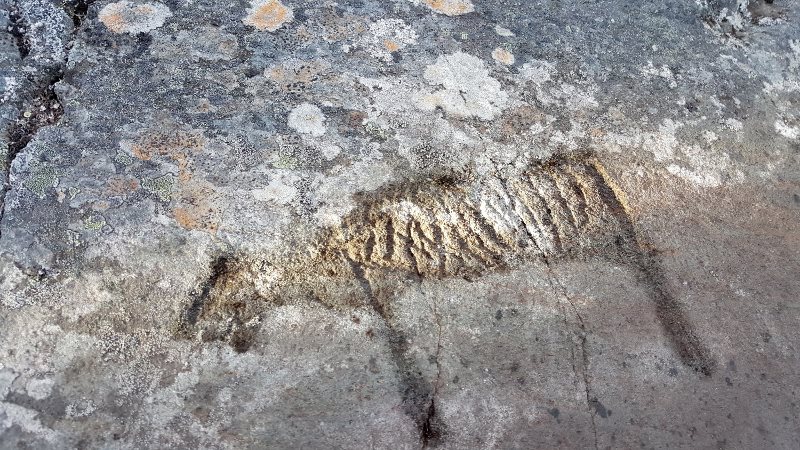
© Thomas NilsenThis 7,000 years old rock art reindeer is unique in an archaeological context and the first to be discovered in the Varanger fjord area.
"For most archaeologist, this is not a once in a life-time discovery, it is a never in life-time discovery," says Anja Roth Niemi when trying to explain the scoop of the rock art on the shores just outside Kirkenes in northern Norway.
Anja Roth Niemi is project manager with the Department of Cultural Sciences at UiT - The Arctic University of Norway. It was her colleague, Erik Kjellman, who first found the Stone Age carvings partly hidden under moss.
"There are both carvings of reindeer and elk. In size between 10 to 40 cm. They are likely made over a period of time, we can see some carvings made over others," Anja explains with enthusiasm.
The discovery is the first prehistoric art rock made in this area where people started to migrate in after the last Ice Age. "The nearest discoveries of Stone Age carvings are in Porsanger to the west and Kanozero on Russia's Kola Peninsula to the southeast," she says.
The team was doing fieldwork at Gamneset, a small headland at a peninsula west of Kirkenes in Finnmark County, where Norterminal is planning for a huge oil-terminal.
By Norwegian law, development plans and construction work cannot start before the site is checked for ancients of the past. If something is found, it is automatically protected until further investigations are made.
The Directorate for Cultural Heritage is responsible for all of Norway's archaeological monuments.
Isa Trøim is head of section for Archaeology. She says all parties will meet on September 10th to discuss how the discoveries should be managed best. "We have a good cooperation with the developer [of the oil terminal] and the municipality of Sør-Varanger and we hope to find a good solution," she writes in an e-mail to BarentsObserver.
Anja Roth Niemi explains that the rock in question is located in the middle of the area to be developed in phase 2 and 3 for the planned oil terminal.
"Now, it is important to find out the extent of the rock art. We don't know how long time that will take," Anja Roth Niemi says. The rock art with flocks of reindeer and some elks covers an area 15 metres wide and three metres high.
"Maybe people met here and transferred their knowledge, or maybe the carvings were symbols in some beliefs and rituals?" We don't know, there are many theories," Roth Niemi elaborates.
The archaeologists have dated the carvings to be between 6,200 and 7,500 years old. The majority of rock art discovered other places are by what at that time was sea level. At Gamnesbukt, the discovery was made on a rock 27 metres above sea level. Geological models made for the Varanger fjord area show a rise of the land over time since the heavy ice melted away placing that rock by sea level some 7,000 years ago.
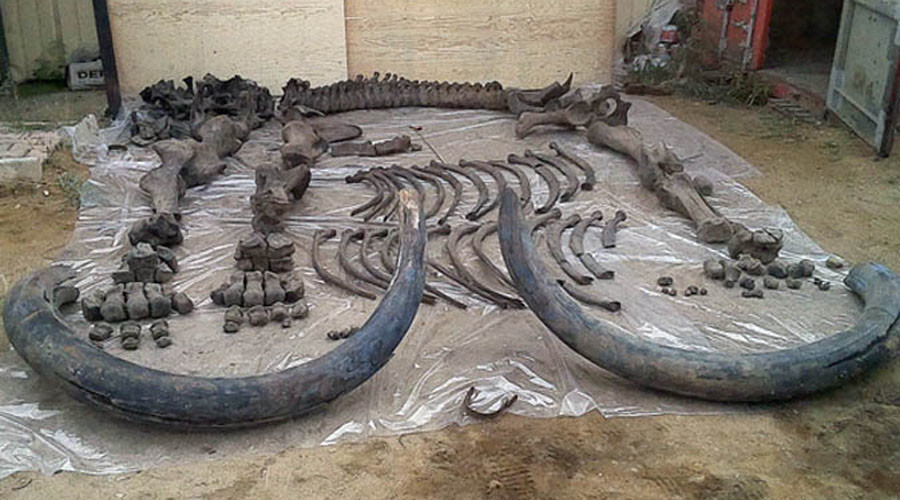

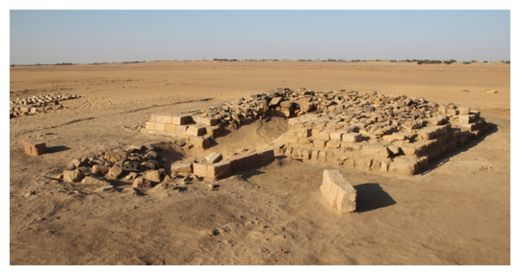
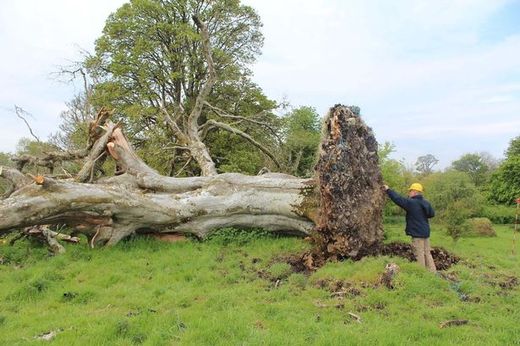
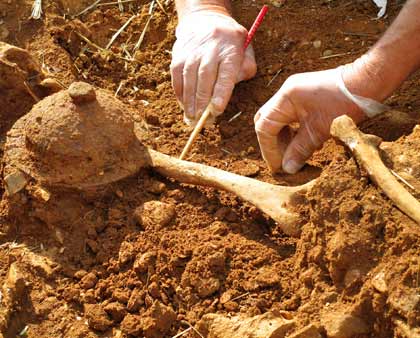
Comment: